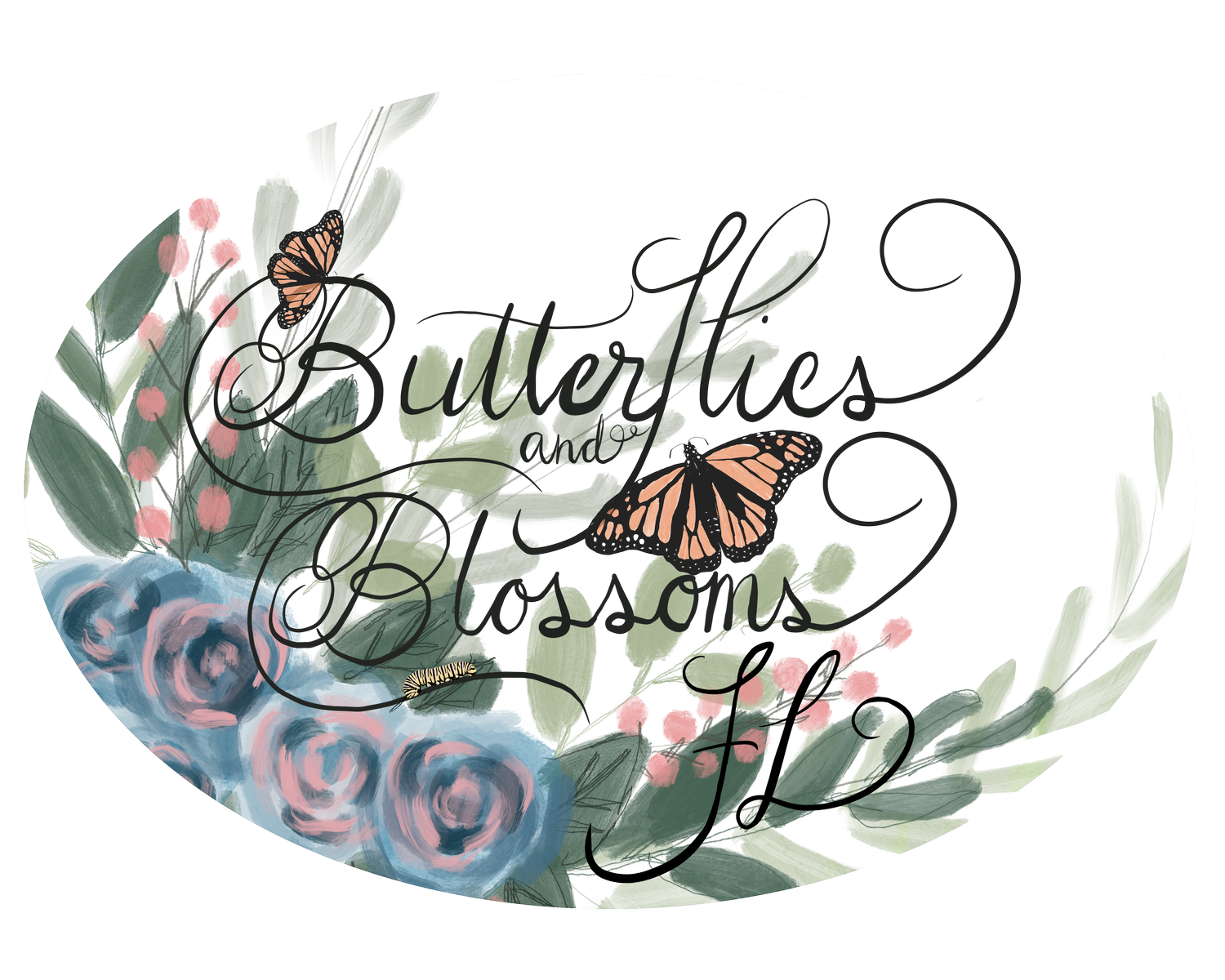Diary of a Gardener Embracing Seasonal Gardening in South Florida
One of the joys of living in South Florida is the ability to garden year-round. However, a common misconception among new residents—especially those relocating from northern states—is that our plants remain green and thriving all year long. Just like our northern neighbors, Florida plants experience a life cycle influenced by seasonal changes, even if those changes are subtler.
Observing Changes in the Garden
Recently, I’ve noticed big shifts in my garden. While my roses, hibiscus, and other flowering plants are enjoying the cooler weather and putting on a show of vibrant blooms, some tropical plants are beginning to show signs of stress. "Stress" might sound dramatic, but it’s an appropriate description. With decreasing humidity and cooler nighttime temperatures, certain plants just aren’t fans of seasonal transitions.
For instance, if you spot brown edges on the leaves of your aroids or other tropical plants, don’t worry—this is normal. Our plants have endured a lot recently, especially after back-to-back hurricanes and nearly eight weeks without significant rainfall. These environmental factors take their toll, but with proper care, your plants will recover.
Avoid Overwatering
A common mistake I see is overwatering when tropical plants show signs of distress. If your plant is in a pot, this could be a fatal error. Even for plants in the ground, overwatering can lead to root rot since plants can only absorb so much water. Instead, stick to your regular watering routine, or even reduce it slightly as cooler temperatures decrease evaporation rates. Prune unsightly leaves if they bother you, and rest assured that once the temperatures stabilize and humidity returns, your plants will likely bounce back.
Take Calathea, for example—the diva of the plant world during winter. While it may look less than perfect now, it will reward you with its beauty come summer.
Adapting for Cooler Nights
Some plants, like episcia, may suffer due to nighttime temperatures dropping below 60°F. If this happens, you have a couple of options: bring these plants indoors or accept their fate and compost them. If you choose to bring them inside, placing them in a sunroom or lanai with a humidifier can help mimic their preferred environment. However, like me, you may believe tropical plants belong outside and should adapt to survive.
Lawn and Wildflower Maintenance
Turf grasses such as Bahia often look rough during winter because they enter dormancy. If your snowbird neighbors comment that your grass looks dead, gently remind them it’s simply resting. Meanwhile, some wildflowers may fade, but others are just gearing up to bloom.
For perennial garden lovers, now is the perfect time to plant cool-season annuals and wildflower seeds for late winter and early spring blooms. The cooler, drier months are ideal for nurturing these plants, giving you a stunning garden when the seasons transition again.
Year-Round Gardening in Florida
Having a year-round garden in Florida comes with more benefits than drawbacks. However, it requires understanding and maintaining your plants to ensure they stay healthy and visually appealing. Like northern gardens, our landscapes experience natural ebbs and flows throughout the year. It may not be winter as our northern neighbors know it, but our cooler, drier months have their unique challenges and opportunities.
If you’re interested in creating a Florida perennial garden tailored to your space, reach out for a consultation. Together, we can design a garden that thrives through every season.
Always keep growing!

